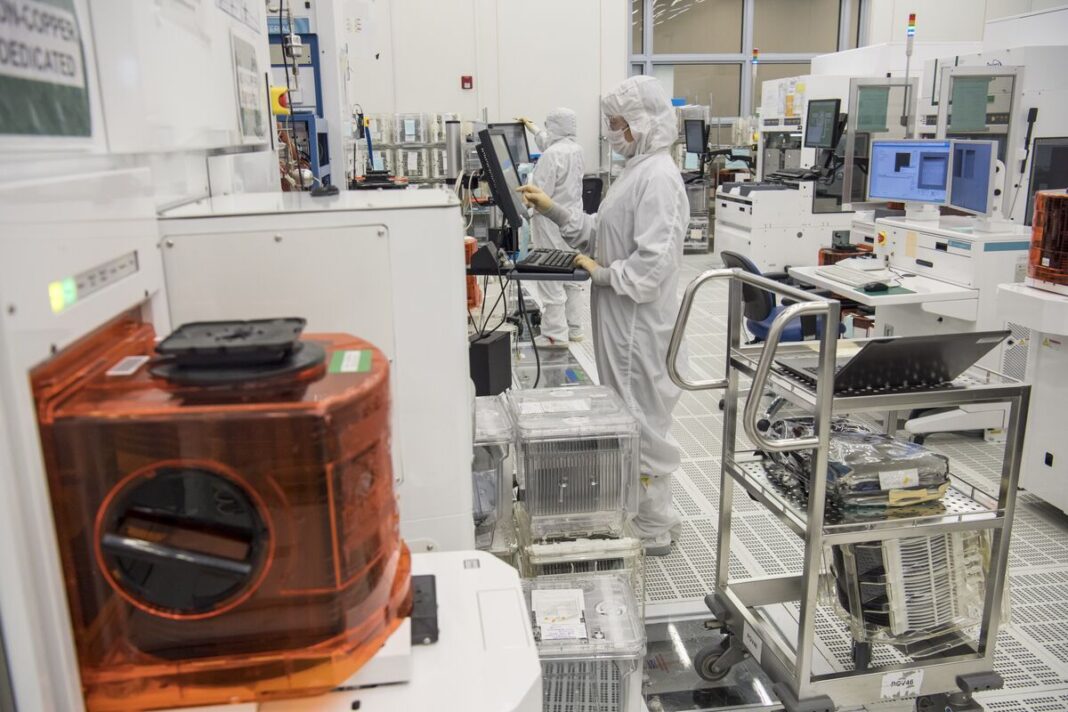Applied Materials Inc.: Navigating New Export Restrictions
Introduction to Applied Materials Inc.
Applied Materials Inc. stands as a titan in the semiconductor manufacturing sector, leading the way in providing innovative machinery and technology essential for producing the microchips that power our modern world. With a presence in silicon, display, and solar industries, the company plays a critical role in the global supply chain of technology products. However, recent geopolitical shifts have compelled the firm to reconsider its strategies, particularly regarding its export practices.
Impact of Export Restrictions
Recently, the U.S. government has expanded restrictions on the export of semiconductor manufacturing equipment to China. For Applied Materials, this move is significant, as China represents a valuable market for their products and technology. The expanded rules essentially prohibit the sale of certain advanced technologies to Chinese enterprises, aiming to curb potential military and technological advancements. Consequently, this change is expected to take a considerable toll on Applied Materials’ revenue, forcing them to navigate an increasingly complex landscape.
Financial Implications
The financial ramifications of these new restrictions are becoming evident. Analysts and investors are already speculating on the impact this will have on Applied Materials’ quarterly earnings. The company has highlighted that these export limits could reduce its revenue forecasts, potentially resulting in lower stock valuations. As a result, shareholders are keeping a watchful eye on how effectively the company can pivot and adapt to these challenging conditions.
Strategic Adjustments
In response to these hurdles, Applied Materials is likely exploring several strategic adjustments. Diversifying its market reach beyond China is one avenue being considered. By focusing on other regions such as Southeast Asia, Europe, and even domestic markets in the U.S., the company may mitigate some risk associated with reliance on a single market. Additionally, research and development efforts in alternative technologies could pave the way for new growth opportunities.
Competitive Landscape
As Applied Materials grapples with these export restrictions, the competitive landscape is also shifting. Competitors might seize the opportunity to fill the void left by any potential dip in Applied Materials’ market share in China. Companies like ASML and Lam Research are keen on capitalizing on any gaps. This evolving competition highlights the need for Applied Materials to innovate consistently, ensuring they remain at the forefront of technological advancements.
Geopolitical Context
Understanding the geopolitical context surrounding these developments is crucial. The U.S.-China relationship has been fraught with tension in recent years, driven by concerns over intellectual property, trade imbalances, and national security. The semiconductor industry has emerged as a focal point in this larger geopolitical chess game, making firms like Applied Materials directly affected by policy changes.
Employee Considerations
New export restrictions also affect the workforce within Applied Materials. As the company adjusts its business strategy, it may face difficult decisions regarding staffing and resource allocation. Employees may experience shifts in job roles or job security, particularly in areas directly linked to the Chinese market. Transparent communication and support from leadership will be essential to navigate these changes effectively.
The Future of the Semiconductor Industry
Looking ahead, the semiconductor industry is poised for both challenges and opportunities. As countries ramp up their own semiconductor manufacturing capabilities, there may be a push towards self-sufficiency. This shift could reshape supply chains and alter the competitive dynamic. Companies must stay agile, adapting to these changes while investing in future technologies that promise to define the next generation of semiconductor innovation.
Conclusion
The ongoing export restrictions on semiconductor machinery to China serve as a stark reminder of the intricate interplay between technology, politics, and economics. For Applied Materials Inc., navigating these waters will require strategic planning, innovation, and a keen eye on global market trends. Understanding these dynamics is not just crucial for the company itself but for anyone invested in the future of technology and its impact on our daily lives.



